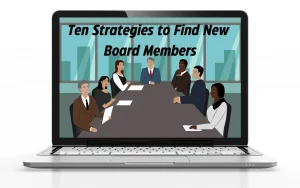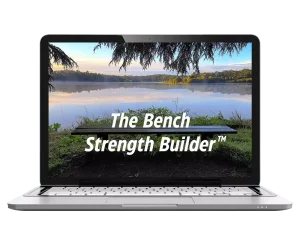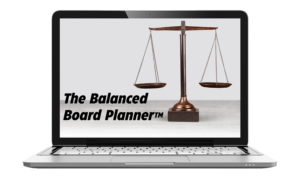People ask all the time when the appropriate time is to start doing succession planning. They are generally asking “how many years before the individual retires should they start doing succession planning?” Well, people don’t always retire from their organizations, they may leave for a variety of reasons. That means it’s important to do succession planning NOW!
A True Story on Succession Planning
Many people think that they don’t have to do succession planning because they have an executive that just started or is young. However, as you will see, there is a ton of turnover happening right now and you need to be prepared for that no matter how old or new your executives are. Take this story as an example.
There was a young CEO at a Credit Union who held the position for about 12 years. Since he was young, the organization didn’t have a solid succession plan in place, since they assumed he would stay. He was doing a great job – the credit union was successful and the Board or Directors was happy with his performance. However, the CEO decided to take a step back from the CEO role, and took a CFO position at a larger financial institution. The board was stunned at this decision, because now they needed to find a new CEO! Although they did end up hiring someone from within, the transition could have been smoother if they had created a comprehensive succession plan.
Inevitable Turnover
The large amount of turnover in the leadership ranks can be linked to what is being called The Silver Tsunami. In 2010, the PEW Research Center reported that starting on Jan. 1, 2011, about 10,000 people a day will be reaching retirement age, and this trend will continue until 2030. PEW reports that by 2030, fully 18% of the nation’s population will be at least 65. That will cause a lot of turnover in our leadership ranks!
Further, Ready for Next Cities developed a business disruption rating for cities in the United States. It measures a community’s potential business disruption risk tied to baby-boomer-owned or operated businesses failing to have a transition plan. The rating works like a credit score on a scale from zero to 850, where the lower the score is the higher the disruption risk. What the study found is that the BDR in the United States is 372.14. This means that there is a huge risk of disruption amongst baby-boomer-owned businesses as their owners prepare to retire. They found only 30% have a written plan to transition their business. This could affect the 72 million people who are employed by the 3.5 million businesses owned by baby boomers.
The large number of people retiring within the next 10 years isn’t the only thing affecting the workforce. What is being called The Great Resignation is also impacting Credit Unions around the country. The great resignation refers to people who are not retiring, but rather just leaving their jobs. This creates unexpected turnover within organizations. A September 2021 Harvard Business Review article shared a study that found 4 million Americans quit their jobs in July 2021, and a record-setting 10.9 million jobs were open. One of the troubling trends this study found is that the highest resignation rates were among mid-career people. These are most likely your future senior leaders! Planning for this turnover is incredibly important!
You Need Bench Strength
Another reason why succession planning is important is to ensure that you have the bench strength so that when there is an opening there’s somebody who could take over. Even if that person is just an emergency successor and takes over just for the interim, it would be nice to have somebody trained. This also ensures that you’re emphasizing those critical competencies that a potential successor needs to move into another role.
Keep Leaders Motivated
Succession planning also gives people the motivation to stay. Some people feel like they have an aspiration to be in a certain type of role and if they don’t see that they’re being developed within your organization towards that position, they may look elsewhere for that role. During succession planning, you can do some development of these people, and you can help motivate them to stay with your organizations because they can see a future with you.
What You Should Do!
- Create succession plans for all of your key management positions. There needs to be a formal succession plan in place so that everyone is ready when the turnover happens at your organization.
- Communicate with all of the potential successors at your credit union. Communicate to them that they are a potential successor for the position and that you are developing them because they have high potential or were interested in the position. However, make sure that you are not promising the position to them or guaranteeing that they will get the position.
- Identify an emergency/interim successor. Consider if you want the same potential successors from your planned succession plan to also be the emergency successors, or if you have other people who would be willing to fill in as interim CEO. It is acceptable to identify more than one emergency successor in your plan.
- Updated your plan on an annual basis. Things are constantly changing at every organization which is why it is important to review your plan at elast on an annual basis. Things to consider when revising your plan each year are things like: Has anyone left the organization that was a potential successor? Should any changes be made to your potential successors’ development plans?
Now more than ever, it is incredibly important to be planning for your organization’s future by doing succession planning. The future includes a lot of turnover in the leadership ranks. Let’s be ready!
And BTW… don’t forget about board succession planning, which is equally as important and affected by the growing number of aging Baby Boomers. It is important for boards to anticipate when turnover may occur and to have an awareness of the competencies needed by future board members. They should also start implementing, if they haven’t already, programs such as associate board members to ensure individuals are ready when board turnover occurs.



